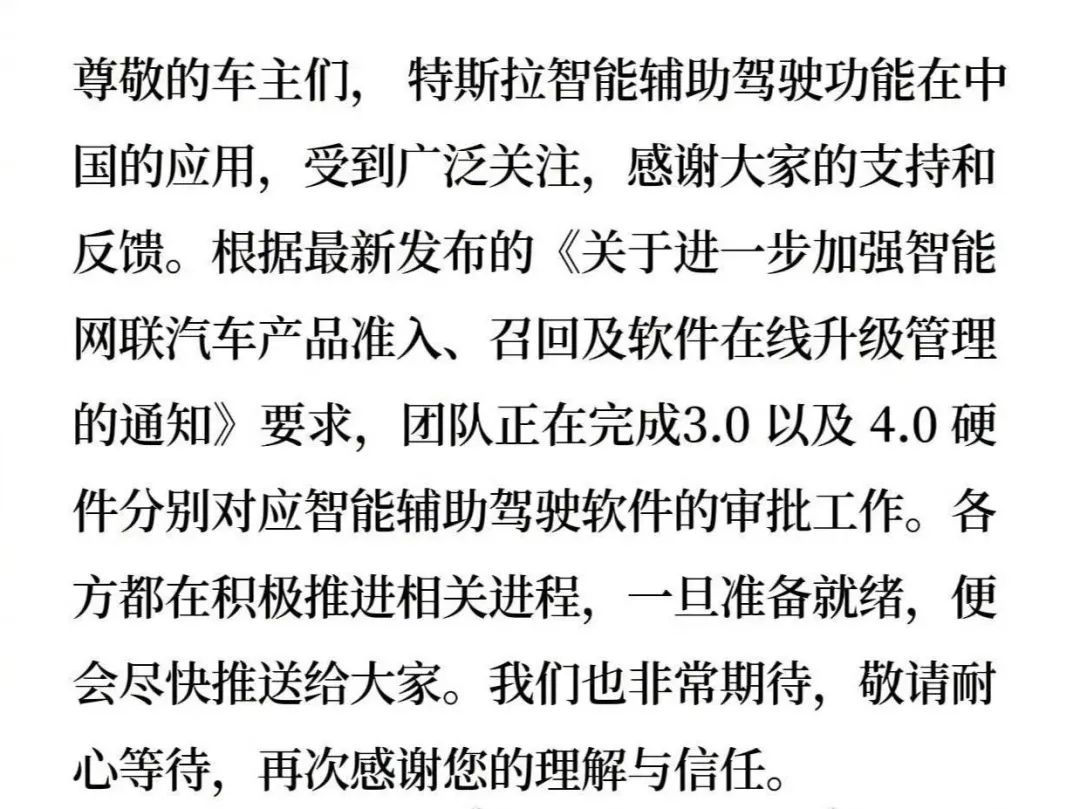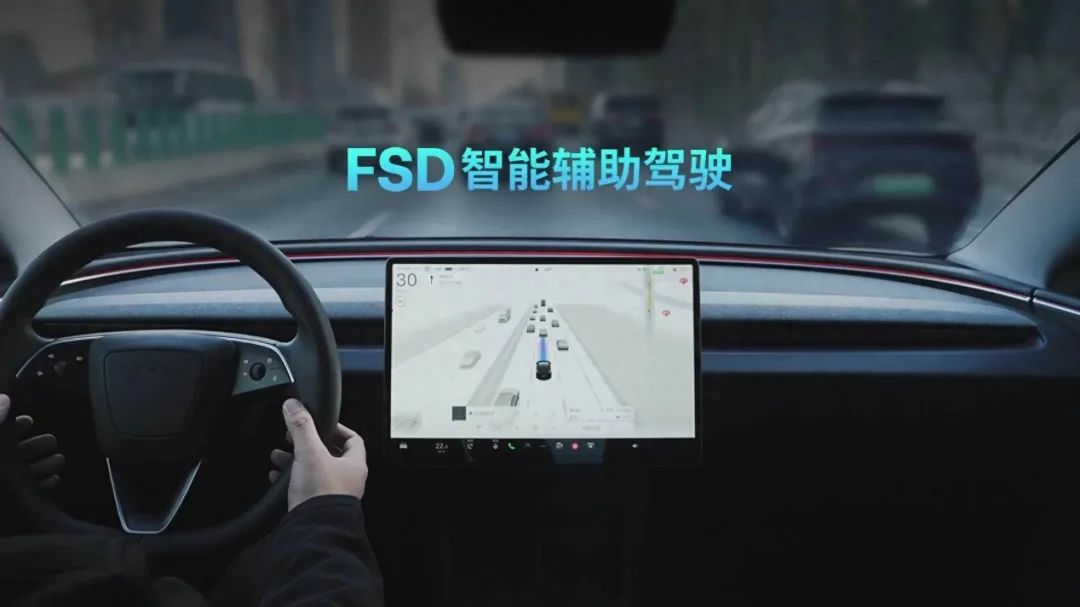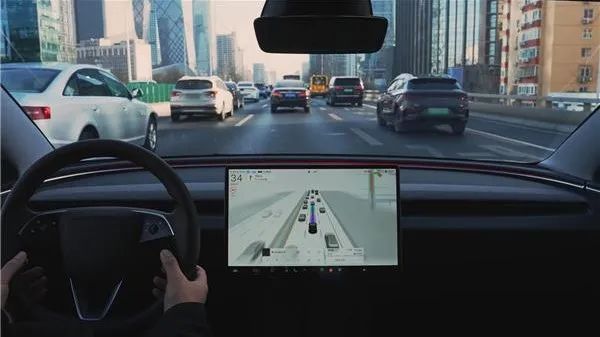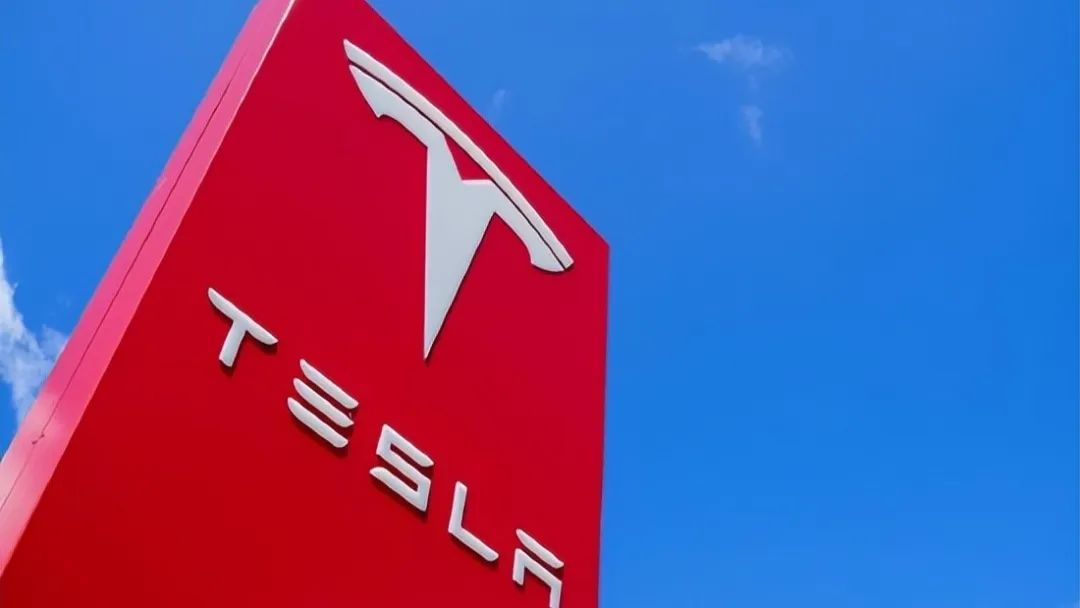Tesla Halts FSD Trials: A Clash of Technical Ambitions and Regulatory Realities?
![]() 04/03 2025
04/03 2025
![]() 643
643
Recently, Tesla's decision to suspend trials of its Full Self-Driving (FSD) feature has ignited a flurry of discussions on social media. Bloggers have disclosed that Tesla has temporarily halted the rollout of the FSD trial feature, with no immediate timeline for its resumption. This move has sparked widespread speculation: Is it due to a technical hiccup? A policy shift? Or is Tesla gearing up for a new version?

Subsequently, Tesla officially acknowledged that the suspension is tied to new regulations issued by the Ministry of Industry and Information Technology (MIIT). The company assured that its team is actively cooperating with the approval process and will resume the trials as soon as the regulatory hurdles are cleared. While this clarification has somewhat quelled the speculation, it has also underscored the potential slowdown in the "fast lane" of autonomous driving development.
FSD's "Acclimatization Issues": Bridging the Gap Between Tech and Reality
In February this year, Tesla initiated a phased rollout of FSD software upgrades in China, sparking intense debates among car enthusiasts and media outlets. The city NOA (Navigate on Autopilot) feature, promising vehicles to recognize traffic lights, autonomously change lanes, and navigate intersections, seemed straight out of a science fiction narrative. However, reality soon exposed the limitations of these ambitions.
Prominent car bloggers shared tales of accumulating traffic tickets after testing FSD, highlighting frequent violations such as crossing solid lines and driving straight in turning lanes. Even more troubling, the system struggled to identify non-motorized lanes, leading to frequent "lane encroachment" incidents. Other Tesla owners echoed these concerns, noting that while FSD performs adequately in European and American markets, it struggles to adapt to China's complex road conditions, including sudden appearances of electric bikes, erratic taxi lane changes, and pedestrians disregarding traffic rules.

In response, Tesla released an official video elucidating the logic behind FSD usage, emphasizing that the system maintains driver engagement through warning mechanisms. Nonetheless, the crux of the matter remains: if the system's behavior inherently conflicts with Chinese traffic regulations, additional warnings are merely a Band-Aid solution.
Policy Tightening: The "Constraint" on Autonomous Driving?
The immediate trigger for Tesla's FSD trial suspension was the new regulation issued by the MIIT at the end of February, titled "Notice on Further Strengthening the Access, Recall, and Online Software Upgrade Management of Intelligent and Connected Vehicles." This regulation mandates automakers to complete a filing and announcement process prior to pushing OTA updates involving "key software changes."
Coincidentally, XPeng Motors also postponed the OTA rollout for its MONA M03 for similar regulatory reasons. This underscores a shift in the regulatory authorities' stance towards intelligent driving technology, from "encouraging innovation" to "safety first."

This shift is not unexpected. Recent years have witnessed a spate of autonomous driving accidents, ranging from Tesla's "phantom braking" to the misactivation of AEB (Automatic Emergency Braking) in other automakers. The technological immaturity has significantly eroded public trust in autonomous driving. The new MIIT regulations effectively draw a red line for the industry: innovation is encouraged, but safety must be paramount.
Is the Suspension a Setback? Not Necessarily
For eager Tesla owners anticipating FSD, the suspension of the rollout may come as a disappointment. However, from an industry perspective, this could be a necessary "cooling-off period."
Technology Needs Local Adaptation
While Tesla's FSD performs well in the North American market, the complexity of China's traffic environment far surpasses that of Europe and the United States. Domestic challenges such as non-motorized vehicles, pedestrians, construction zones, and frequent lane changes pose significant hurdles for FSD. By suspending the rollout, Tesla gains more time to refine its algorithms and prevent "taking issues to the streets."
Compliance is Key for Long-Term Growth
Autonomous driving involves public safety, and tighter regulations are an inevitable trend. For automakers aiming for long-term success in the Chinese market, adhering to the regulatory pace is imperative. Tesla's cooperation with the approval process this time underscores its maturity as an enterprise.
User Experience Trumps Speed
If FSD frequently triggers traffic violations or safety concerns, user experience will suffer. Rather than rushing to market, it is prudent to refine the product and avoid the pitfalls of some automakers who prioritize "launch first, fix later."

For consumers, it is wise to maintain a realistic perspective rather than expecting "autonomous driving overnight." The current iteration of FSD is still "assisted driving" rather than true "driverless driving."
Final Thoughts
Tesla's FSD suspension is both a consequence of policy adjustments and a microcosm of the tension between technological ambitions and regulatory realities. The future of autonomous driving remains promising, but the journey may prove more tumultuous than anticipated.
For automakers, striking a balance between innovation and safety will be crucial in future competitions. For users, it's worth remembering that while technology can be fascinating, safety always comes first.







